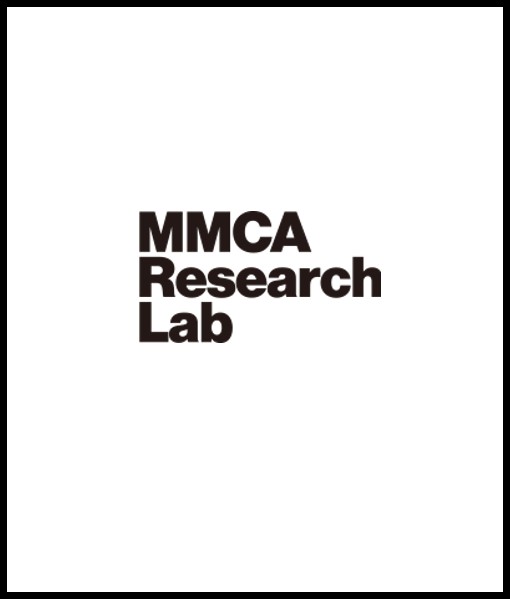
Korean Photographers Group
* Source: Multilingual Glossary of Korean Art. Korea Arts Management Service
Related
-
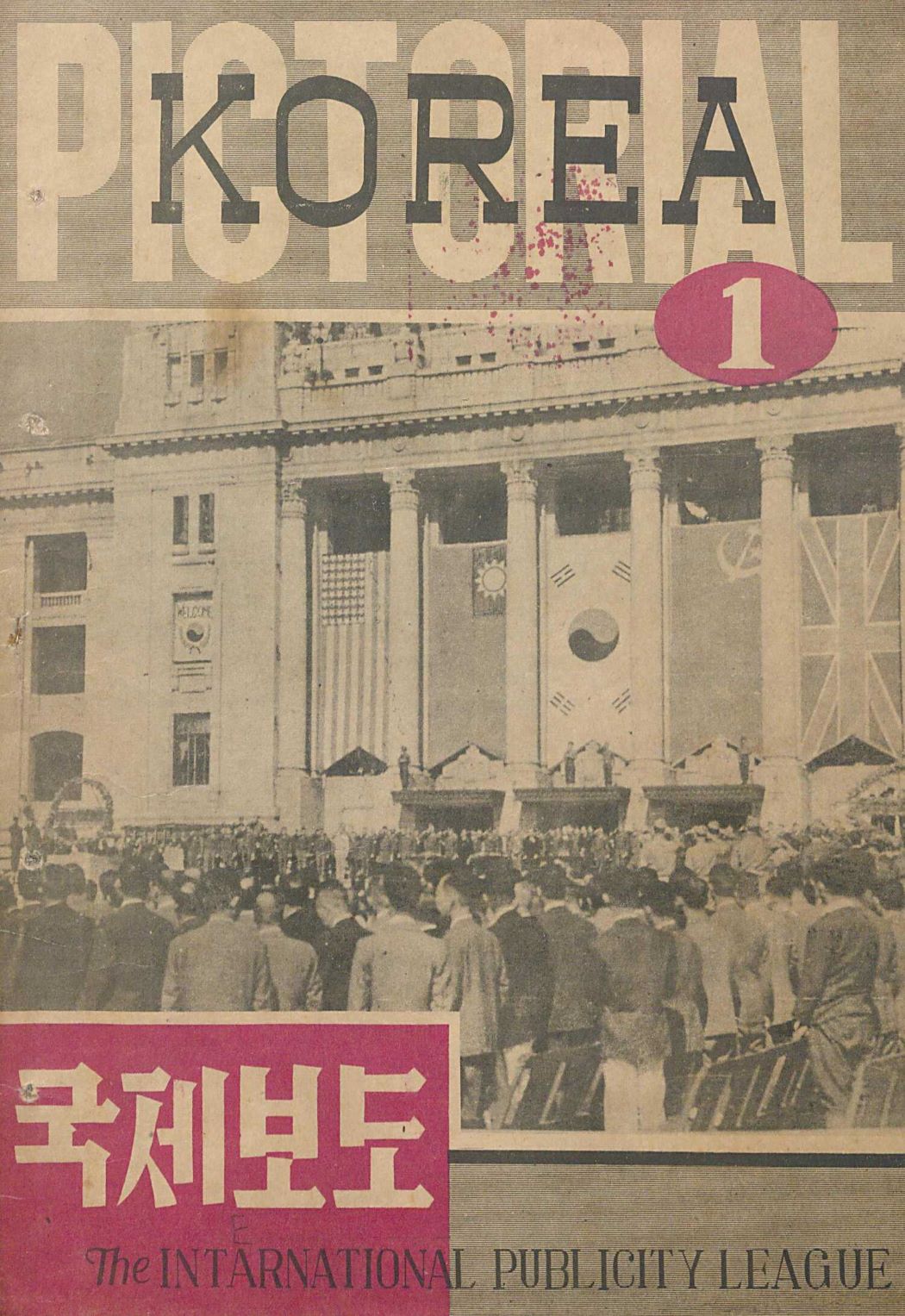
Pictorial Korea
Pictorial Korea is a photographic publication that the International Publicity League of Korea had issued to publicize a positive image of Korea to foreign countries from 1950 through 1970. The titles of each volume are not listed, but it has been said that about twelve volumes were published. Pictorial Korea contained photographs showing the then-current status of the Republic of Korea, its rural and urban landscapes, historical traditions and customs, modern factories and industries, arts and culture, and exhibitions, accompanied by their descriptions in English. The first volume of Pictorial Korea published in January 1950 was about 250 pages long and included more than 100 photographs, indicating that great emphasis was placed on international publicity via visual images. In Pictorial Korea published from 1953 through 1954, the photographers Lee Gyeongmo and Kim Hanyong were in charge of photographs and editing. In some cases, photos by domestic photographers were selected for inclusion through internal photography contests. The works by prominent Korean photographers, such as Limb Eungsik, Han Youngsoo, Lee Hyungrok, and Choi Minshik, were featured in Pictorial Korea.
-
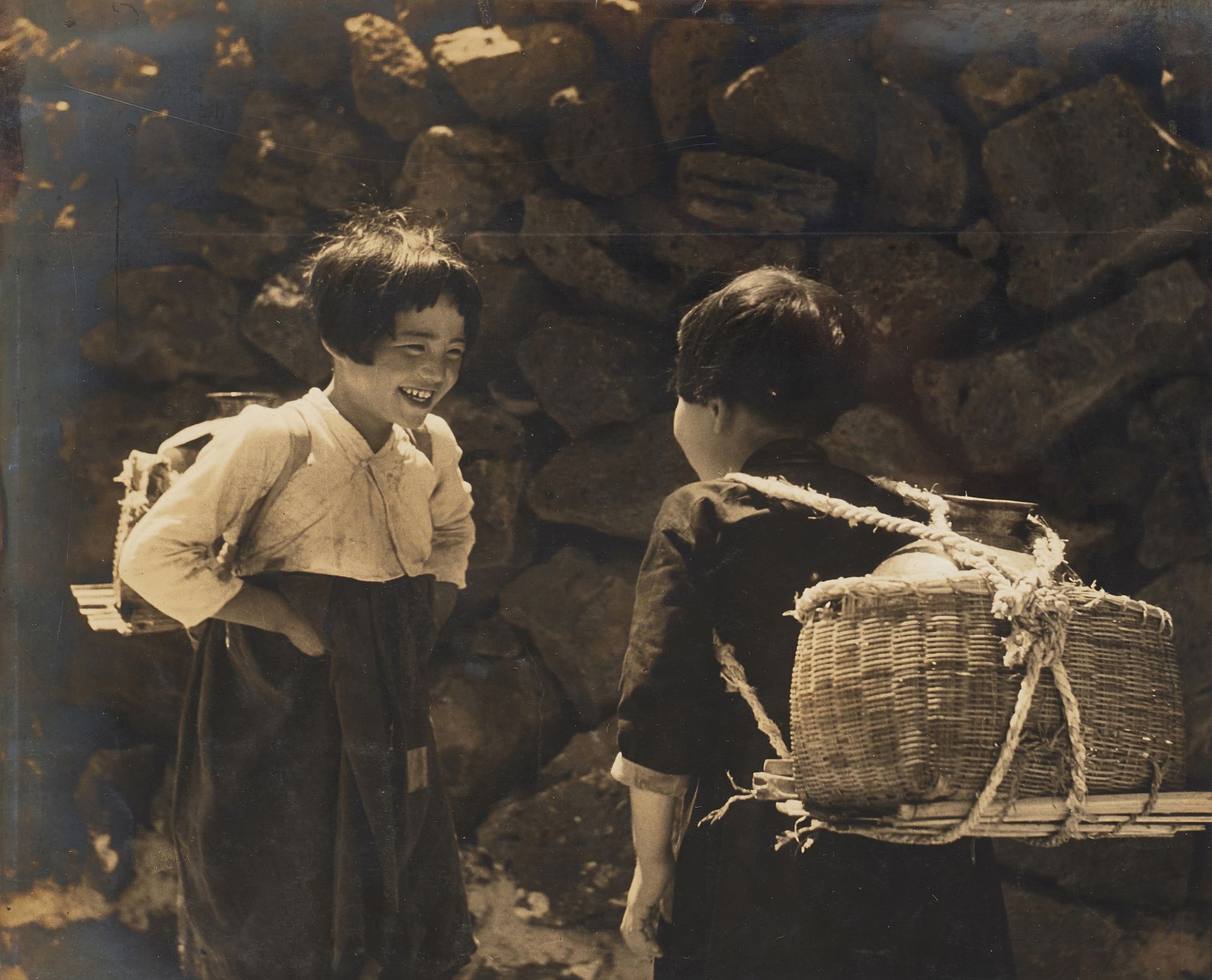
Choi Kyebok
Choi Kyebok (1909-2002) was a major figure in the history of modern and contemporary Korean photography who played an important role in the development of art photography in the modern era and in the production of photographs for promoting the country after Korea’s liberation from Japan. He was born at 102, Jongno 1-ga, Daegu, Gyeongsangbuk-do Province (currently 19, Dongmun-dong, Jung-gu, Daegu). He went to Kyoto in Japan around 1925, entered the Einō Camera Shop in Teramachi, Shimogyo-ku as an apprentice and learned photography. In 1933, he returned to Korea and opened his own store Choi Kyebok Camera Shop to sell photography equipment at Jongno 1-ga in Daegu. In the following year, he formed a photographers’ club named Daegu Amateur Sauhoe and led the local photography culture. In the 1930s and 1940s, Choi developed his own distinctive oeuvre by submitting his major works to the Joseon Photography Exhibition [Joseon sajin jeollamhoe], a photo contest hosted by Joseon Federation of Photography [Jeon joseon sajin yeonmaeng], and the Prize Competition for Photos of Enjoying the Cool Air, a photo contest organized by the Chosun Ilbo newspaper, and by winning prizes. Submitted works include Spring in Yeongseon Pond, Spring Wind, Sand Hill, Summer Suburbs, and Summer Hilltop. In 1942, he participated in the Joseon Mountaineering Club’s ascent of Baekdusan Mountain as a documentary photographer and photographed the scenery of Baekdusan Mountain and its lake. In and after 1945, he led the founding of photography organizations, such as Geonguk Photography Culture Federation [Geonguk sajin munhwa yeonmaeng], Daegu Photography Association [Daegu sayeonhoe], and Daegu Photographers Club [Daegu sauhoe]. In 1947, he was dispatched as a part-time reporter of Daegu Sibo newspaper to Ulleungdo and Dokdo Islands for the academic research mission organized by the Joseon Mountaineering Club and sponsored by the Ministry of Education. There, he took documentary photographs. When the Korean War broke out, he served as a military photographer in the press division of the Information and Education Bureau of the Ministry of National Defense. Choi Kyebok made efforts to educate students on photography by establishing the Korean Photographic Art Academy, the first photography institution in Daegu, in 1952. When the Korean Photographers Group was founded in 1957, he became its first president. He was commissioned by the government and public organizations to photograph national publicity materials and cultural heritage items. Choi’s oeuvre encompasses a wide variety of subjects ranging from modern art photography to mountain photography, academic research photography, and photographs of historical ruins and cultural heritage. It shows not only the formation and development of Korean photography circles, but also photography’s social role in the nation's formative period.
Find More
-
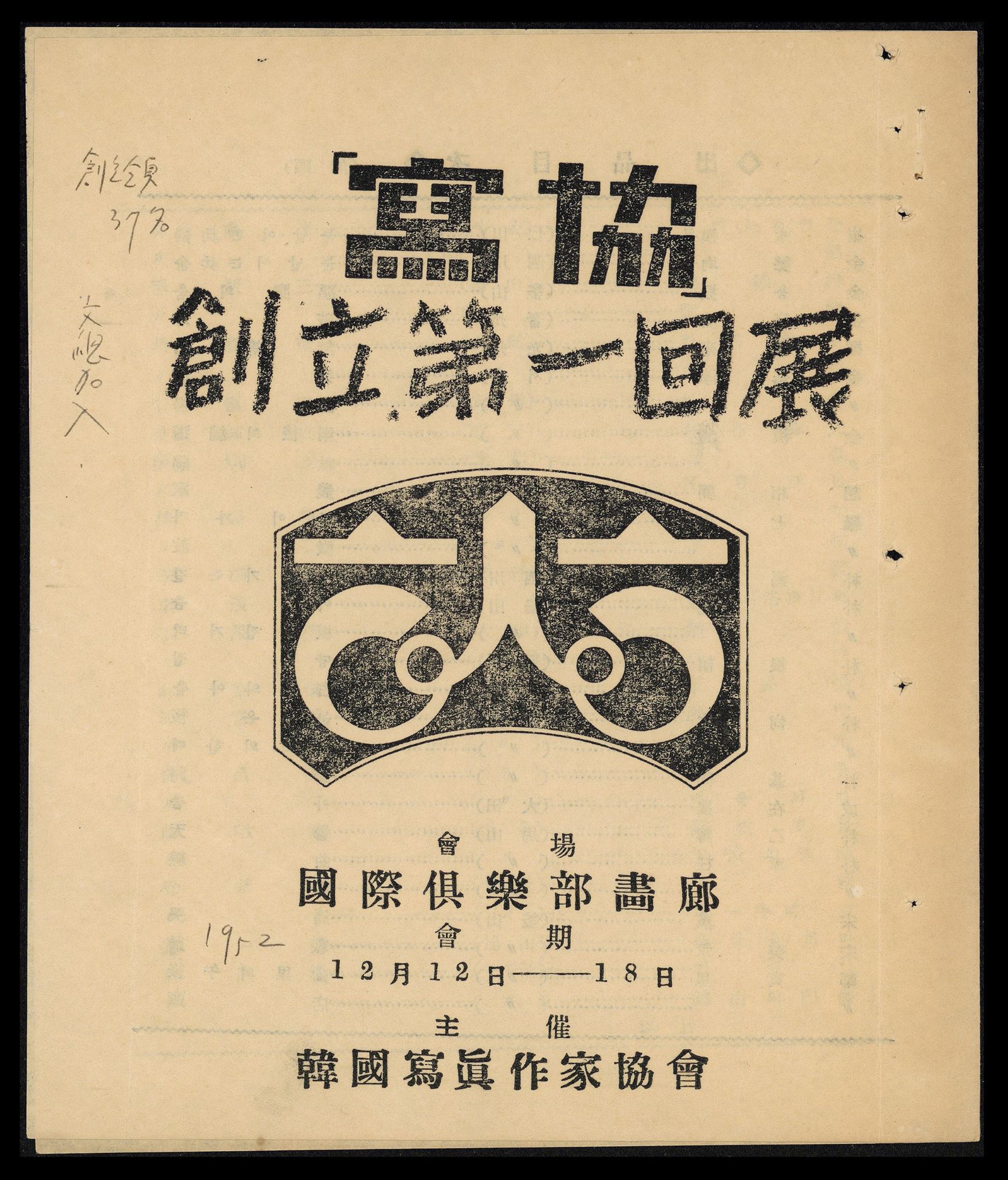
Photo Artists Society of Korea
The Photo Artist Society of Korea is a group of photographers formed in December 1961 to promote the development of Korean photography culture, international exchanges, and the rights and interests of its members. Photographer Jeong Huiseop was appointed as the first chairman of the board, and major Korean photographers such as Park Pilho, Lee Haesun, Choi Kyebok, Lee Myeongdong, Lee Gyeongmo, Mun Seonho, Seo Sunsam, Jeong Doseon, Hyun Ilyeong, and Limb Eungsik served as executives. It is a non-profit corporation under the jurisdiction of the Ministry of Culture, Sports and Tourism, and currently has 9,400 amateur and professional photographers working as members. The headquarters are located in Yangcheon-gu, Seoul, and it has 168 branches in major cities and overseas countries. It continues to host the Korea Photography Festival every year and conducts various projects for members of the association, including photography courses, contests, photography competitions, book publishing, and photo culture awards.
-
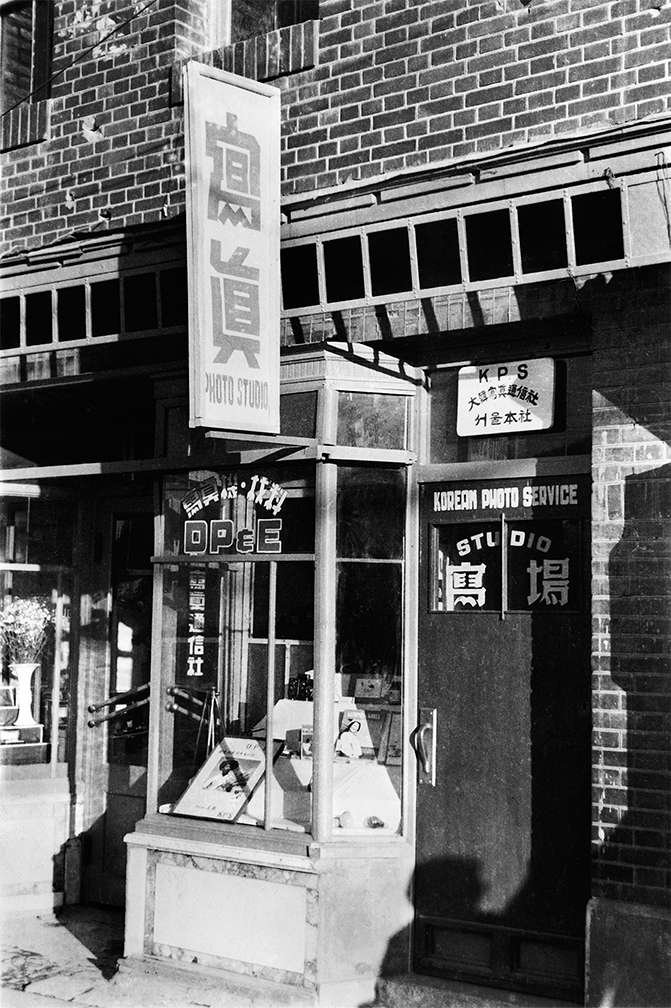
Korean Photo Service
The Korean Photo Service [Daehan sajin tongsinsa] was founded in June 1952 by Lim In-sik (1920–1998). It documented major government events and historical incidents, including the Korean War, and provided photographs to major news agencies abroad, including the Associated Press (AP). When the Korean War broke out, Lim led the photo unit under the Mental Strength Department of the Ministry of Defense. In May 1952, he left the army to establish Korean Photo Service, where he served as chief editor and editorial director. The office building of the Korean Photo Service was located on Namdaemun-ro 3-ga, Jung-gu, Seoul, and on the first floor was a photo shop and studio that sold photographic materials and equipment and provided developing and printing services. The Korean Photo Service was organized into several departments, with Park Jinsik serving as editor-in-chief, Moon Je-an as news director, and Jeong Doseon as chief of photography. The photography department included photographers such as Lim Sukje (the eldest brother of Lim In-sik) and Bang Samseong. The service captured images of important historical events in the liberated space, including photographs for the Republic of Korea Army, an English-language pictorial book published by the ROK Army Headquarters and distributed to UN member countries. Some of Lim's Korean War and 1950s photographs can be found at the Chungam Archive, run by his family. In 2013, Lim's family donated more than 1,000 pieces of his photographs and related materials to the Seoul Museum of History.






